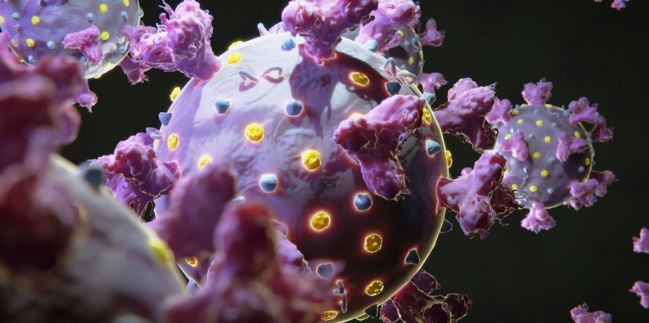On May 20, 2024, a groundbreaking development in cancer treatment was announced by a team of medical researchers and oncologists in New York City, bringing hope to millions of cancer patients worldwide. The team revealed a novel, non-invasive therapy that has shown promising results in treating various forms of cancer, including pancreatic, breast, and lung cancers. This new treatment method, which uses targeted radiofrequency waves to attack cancerous cells without damaging healthy tissue, could revolutionize how cancer is treated in the future.
The announcement was made at a press conference held at the Memorial Sloan Kettering Cancer Center, one of the leading cancer treatment and research institutions in the world. Dr. Maria Hernandez, the lead researcher and oncologist at the center, presented the results of the clinical trials, which demonstrated that this radiofrequency treatment not only reduced the size of tumors but also significantly improved patient survival rates in early trials. “This is a momentous achievement in cancer treatment. We are hopeful that this therapy will provide a safer and more effective alternative to traditional treatments like chemotherapy and radiation,” Dr. Hernandez said.
The therapy works by using highly focused radiofrequency energy to target specific cancerous cells, creating heat that destroys the cancer cells without harming the surrounding healthy tissues. This method, which requires no incision, represents a major shift from conventional treatments, which often come with severe side effects, including hair loss, nausea, and immune system suppression. Early trial participants reported fewer side effects and a better quality of life compared to traditional cancer therapies.
Among the prominent figures present at the announcement was Dr. James Patel, a renowned cancer researcher at the National Institutes of Health (NIH), who praised the team’s work. “This discovery could change the landscape of oncology as we know it. It holds great potential, not only for its precision but also for the possibility of expanding treatment to patients who previously had limited options.”
The clinical trials, which began in late 2023, have already shown encouraging results, and the therapy is expected to undergo further testing in the coming months. The team plans to expand its trials to a larger patient population, with the hope of gaining FDA approval for public use within the next two years. Health experts and oncologists are cautiously optimistic, but they are waiting for long-term data to confirm the treatment’s efficacy and safety.
The breakthrough is expected to create significant changes in the cancer treatment field. In addition to its potential for better patient outcomes, the non-invasive nature of the therapy could significantly reduce healthcare costs associated with cancer treatments. If successful, it may pave the way for even more innovations in the battle against cancer, offering a glimpse of a future where cancer is treated more effectively and with fewer harmful side effects.



